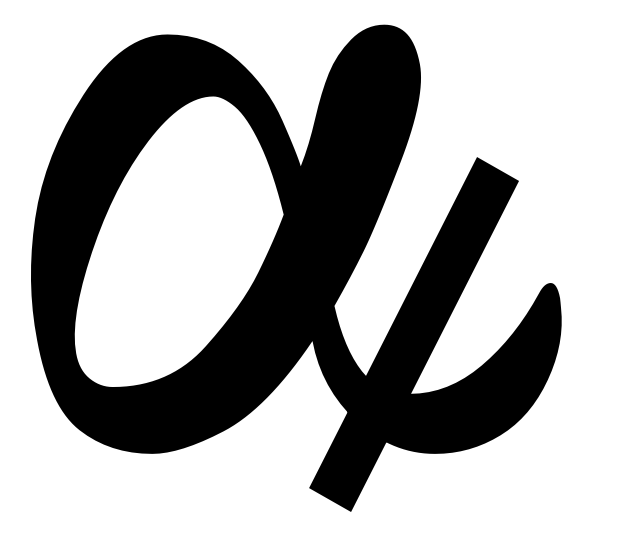- Previous message: John H. Jenkins: "Re: U-Source ideographs mapped to themselves"
- Next in thread: Leonardo Boiko: "Re: ,,semi-virgula''"
- Reply: Leonardo Boiko: "Re: ,,semi-virgula''"
- Reply: Otto Stolz: "Re: ,,semi-virgula''"
- Reply: Peter Constable: "RE: ,,semi-virgula''"
- Messages sorted by: [ date ] [ thread ] [ subject ] [ author ] [ attachment ]
- Mail actions: [ respond to this message ] [ mail a new topic ]
I apologize for possible duplication. I've send this message already
yesterday, but it hasn't appeared on the list...
Enclosed please find a quotation from
Die Altpolnischen Orthographien des 16. Jahrhundrerts
Eingeleitet und herausgegeben von Stanisław Urbańczyk unter Mitwirkung von Reinhold Olesch
Böhlau Verlag 1983
which mentions a diactritic called there "semi-virgula" and
illustrates its use with the letter e.
The diacritic has been definitely used also with the letter a,
although sometimes it had a slightly different shape as illustrated in
the next attachment.
It was used also with a letter which I interpret as the latin alpha.
Unfortunately I don't have a good scan of the original usage, so I
demonstrate it in the last attachment by a contemporary rendering in
the dictionary of 16th century Polish.
I have two questions.
First, is "semivirgula" a good name? Google shows that it often refers
to semicolon. "Caudatum" seems to me even more misleading because it
should refer simply to ogonek (to the best of my knowledge, the
distinction caudatum/ogonek is made only internally by the editors of
the dictionary of 16th century Polish).
The characters with "semi-virgula" were replaced later by ± and ę and
usually are transcribed this way, but sometime the distinction should
be preserved, as in the dictionary mentioned above. So the second
question concerns of course encoding. Can the diacritic be interpreted
as an already exisiting combining character? I didn't find a
appropriate one.
I will appreciate very much your opinion.
Best regards
Janusz
--
,
dr hab. Janusz S. Bien, prof. UW - Uniwersytet Warszawski (Katedra Lingwistyki Formalnej)
Prof. Janusz S. Bien - Warsaw University (Department of Formal Linguistics)
[email protected], [email protected], http://fleksem.klf.uw.edu.pl/~jsbien/



- Next message: Uriah Eisenstein: "Re: U-Source ideographs mapped to themselves"
- Previous message: John H. Jenkins: "Re: U-Source ideographs mapped to themselves"
- Next in thread: Leonardo Boiko: "Re: ,,semi-virgula''"
- Reply: Leonardo Boiko: "Re: ,,semi-virgula''"
- Reply: Otto Stolz: "Re: ,,semi-virgula''"
- Reply: Peter Constable: "RE: ,,semi-virgula''"
- Messages sorted by: [ date ] [ thread ] [ subject ] [ author ] [ attachment ]
- Mail actions: [ respond to this message ] [ mail a new topic ]
This archive was generated by hypermail 2.1.5 : Tue Aug 31 2010 - 10:25:19 CDT